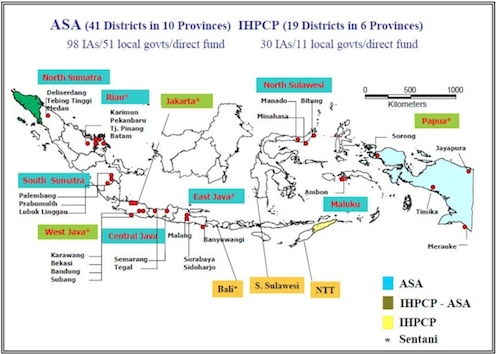Citation:
Abstract:
This case documents Indonesia’s progress in developing a coordinated national HIV/AIDS response. Within the context of a new democratic government, a weak civil society sector, a newly decentralized and underfunded public health system, and a religiously conservative environment, the case describes how international donors financed and directed HIV/AIDS-related efforts for the first 15 years of the epidemic. In 2006 the National AIDS Commission (NAC) was restructured and awarded funding from the United Kingdom’s Department for International Development (DFID). The case documents how DFID’s flexible financing enabled the NAC to develop a single national strategy, a national monitoring and evaluation framework, and a system of local AIDS commissions. The case ends in 2009 with the NAC preparing to assume a new role as one of three Principal Recipients of the Global Fund to Fight, AIDS, Tuberculosis and Malaria. The NAC leadership must contemplate how to sustain and further the progress made in scaling up HIV prevention services while taking on new responsibilities as a Global Fund Principal Recipient.
Teaching Note available through Harvard Business Publishing.

Map of Indonesia Showing HIV Program Implementers, 2005. Source: Indonesia National AIDS Commission. (Exhibit 1 "HIV/AIDS in Indonesia: Building a Coordinated National Response" case.)
Learning Objectives: To understand the impact of external financing, donor-driven agendas, and a national champion in creating a multisectoral response to HIV in a religiously conservative, lower middle-income country.
Keywords: National strategy, sustainability, HIV prevention, flexible donor financing